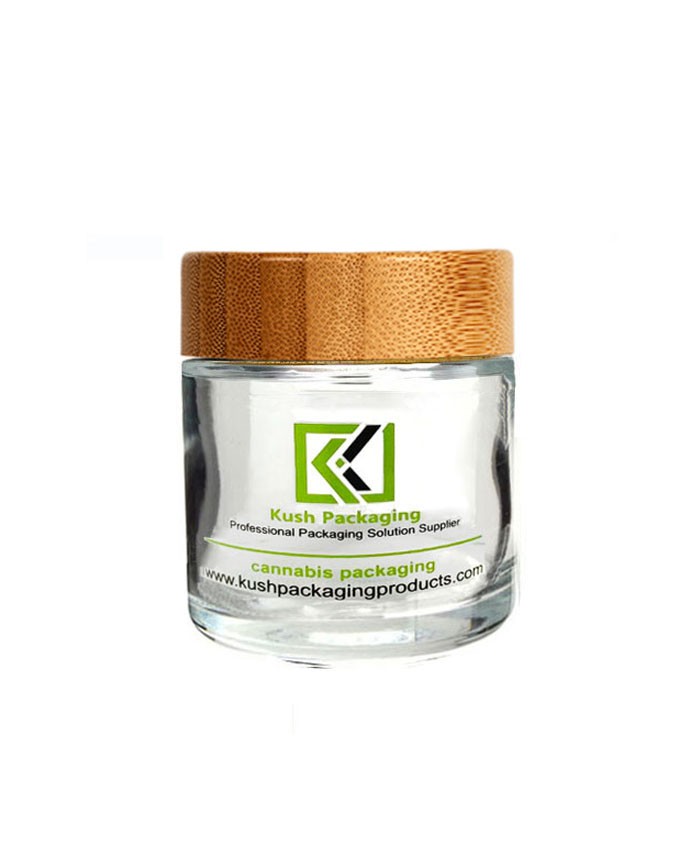What is considered a child proof container?
What is considered a child-proof container?
Child proof containers, often recognized by their distinctive design and security features, are specialized packaging designed to prevent easy access by children. These containers are employed for a variety of products, ranging from medications to household chemicals, to ensure the safety of young children in homes and other environments.
Child-Proof Containers: The Design and Features
Child-proof containers are characterized by specific design elements and features intended to create a barrier against a child's natural curiosity and exploration. The most common design involves the incorporation of intricate locking mechanisms that require a combination of dexterity and strength to open. These mechanisms often include push-and-turn caps, squeeze-and-slide closures, or other mechanisms that are challenging for a child to manipulate.
The Need for Child-Proof Containers
The development and widespread use of child-proof containers can be traced back to a growing awareness of the potential dangers posed by easily accessible household items. Medications, cleaning supplies, and other chemical products can be harmful if ingested or handled improperly, especially by young children who may not fully comprehend the risks. In response to incidents of accidental poisoning and ingestion, manufacturers and regulatory bodies recognized the need for packaging solutions that could safeguard children from such hazards.
Regulatory Standards and Certification
The establishment of regulatory standards and certification processes has played a crucial role in shaping the landscape of child-proof containers. Various countries have implemented specific guidelines that mandate the use of child-resistant packaging for certain products. In the United States, for example, the Poison Prevention Packaging Act (PPPA) sets forth requirements for child-resistant packaging of hazardous household substances, prescription drugs, and over-the-counter medications.
Manufacturers must adhere to these standards and undergo testing to ensure their containers meet the specified child-resistant criteria. Certification labels, such as the familiar "child-resistant" symbol, provide consumers with a visual indicator that the packaging has undergone rigorous testing and meets the necessary safety requirements.
The Significance of Child-Proof Containers
The significance of child-proof containers extends beyond mere compliance with regulations. These specialized packaging solutions contribute significantly to child safety in homes and public spaces. By creating an additional layer of protection, child-proof containers help prevent accidental poisonings and injuries, reducing emergency room visits and medical expenses associated with such incidents.
Moreover, child-proof containers promote peace of mind for parents and caregivers, allowing them to store potentially hazardous items without constant fear of unintended access by curious children. This added sense of security enables households to maintain a safer environment for their youngest members, supporting overall well-being and family health.
Conclusion
In conclusion, child-proof containers serve as a vital tool in safeguarding children from the potential dangers posed by household items. Their design, regulatory standards, and significance in promoting child safety make them an integral part of responsible packaging practices. As awareness of child safety continues to grow, the ongoing evolution and adoption of child-proof containers underscore their lasting impact on mitigating risks and fostering a secure living environment for families.
- 0



